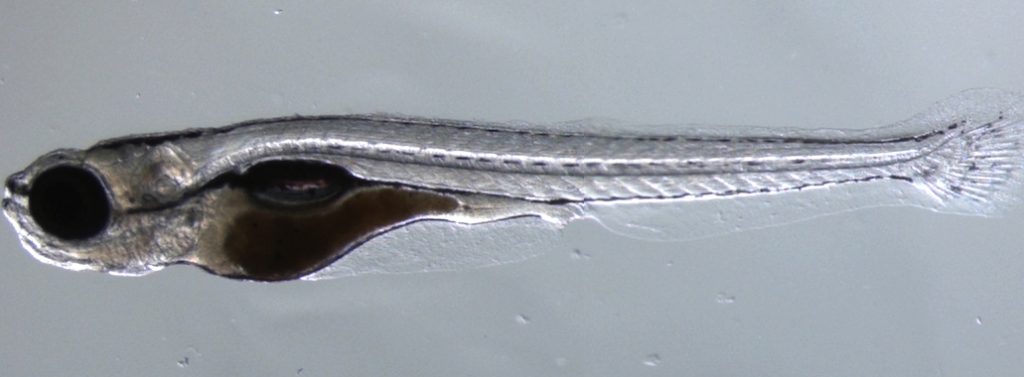Guest post by Jennifer Tsang.
Years ago, Sarah Edie and Norann Zaghloul pored over 50,000 zebrafish embryos, examining them for developmental phenotypes. They had previously injected each of these embryos with a plasmid expressing a gene from chromosome 21. Their goal was to understand how overexpression of specific genes on chromosome 21 affected early development1.
Little did they know that their research would become an important resource for COVID-19 research.
Sharing plasmids to the research community
At the time, Edie was a member of Roger Reeves’s lab at Johns Hopkins University School of Medicine where he studied Down Syndrome, and Zaghloul was a postdoc in Nicholas Katsanis’s lab. The team created a library of 164 plasmids—each expressing a different gene from chromosome 21—for the study, and they published their work in the Genetics Society of America’s journal, G3: Genes|Genomes|Genetics.
“We knew from the time we decided to do the experiment that making this available to the larger research community would be one of the goals of the experiment,” says Reeves. The lab deposited each plasmid with Addgene, the nonprofit plasmid repository that would then distribute the plasmids to researchers.
“We thought primarily people who were involved in Down Syndrome research would be interested in these [plasmids],” says Reeves. Addgene sends a monthly report to depositing labs summarizing the requests they get for their plasmids. “It’s been very interesting to get the monthly report and see the people who are asking for these,” says Reeves. Requests have come from researchers around the world, some work in Down Syndrome and some do not.
From developmental studies to COVID-19
When the COVID-19 pandemic hit, Reeves began to survey genes on chromosome 21. Along with other members of the Trisomy 21 Research Society, he was interested to see if there were ways in which people who have trisomy 21 might be more susceptible or more resistant to the effects of the virus. The first coronavirus paper he read about the biology of SARS-CoV-2 mentioned TMPRSS2. “I said, ‘Wait a minute, that’s on chromosome 21,’” Reeves recalls. TMPRSS2 also happened to be one of the genes Edie and Zaghloul expressed in zebrafish and deposited at Addgene.
During SARS-CoV-2 infection, TMPRSS2 cleaves the SARS-CoV-2 spike protein which is required for viral and cellular membrane fusion. Without cleavage by TMPRSS2, the SARS-CoV-2 virus cannot enter host cells. As research labs shifted to COVID-19 research, Addgene began receiving requests for the TMPRSS2 plasmid. With 175 requests since the beginning of the pandemic, it has become one of the most asked for plasmid for COVID-19 research.
This plasmid is a great example of how two seemingly disparate fields share reagents and how open science allows for a broad reach. Another plasmid generated from the zebrafish study was also used in acute myeloid leukemia research. While researchers looking for these reagents are from different fields than the original study, they were able to find these resources through a centralized source.
This isn’t the only time that reagent sharing through a centralized repository has accelerated the speed of research during the COVID-19 pandemic. A mouse strain containing the hACE2 receptor that allows it to be infected with human SARS-CoV was deposited at Jackson Laboratory in 2007, meaning that scientists could easily get the mice for COVID-19 research.
At Addgene, things are no different. Plasmids deposited from research into the 2003 SARS outbreak were already in the repository at the start of the COVID-19 pandemic. CRISPR plasmids deposited in the last few years have also become an important resource for developing CRISPR-based assays for detecting SARS-CoV-2 RNA and nucleic acids from other pathogens. The future of shared materials stored in repositories may be unpredictable at the time of depositing, but these materials have many possibilities.
1. G3: GENES, GENOMES, GENETICS July 1, 2018 vol. 8 no. 7 2215-2223































